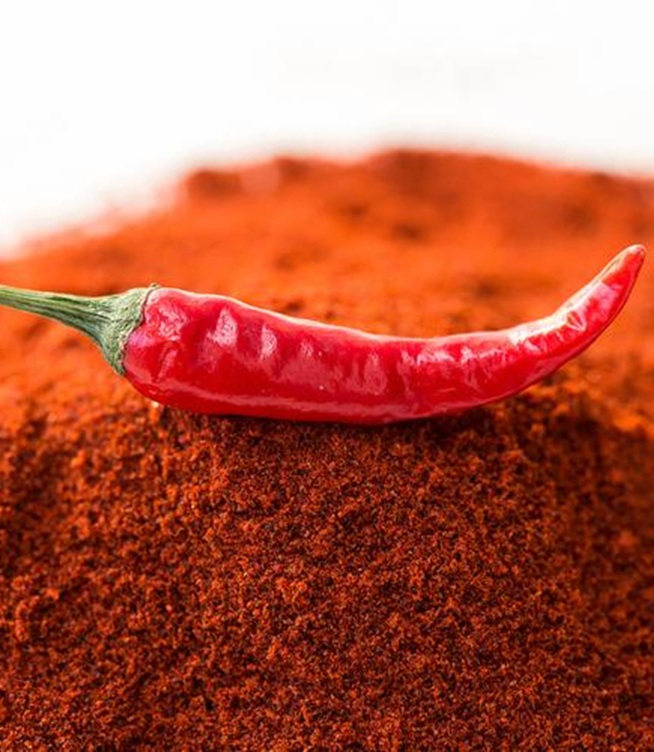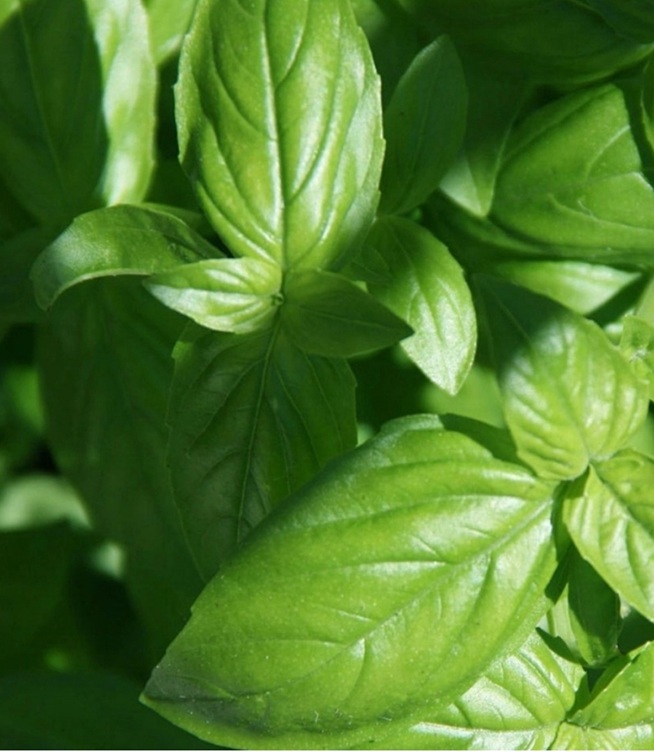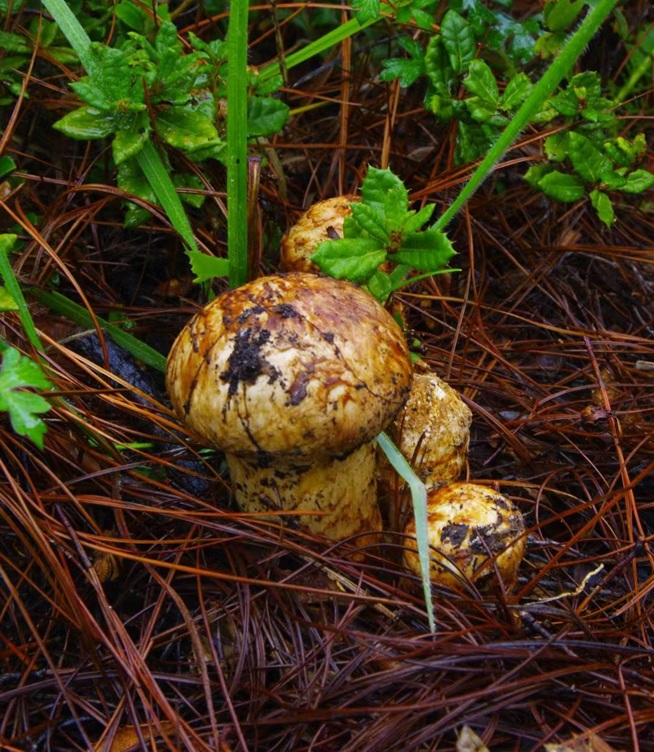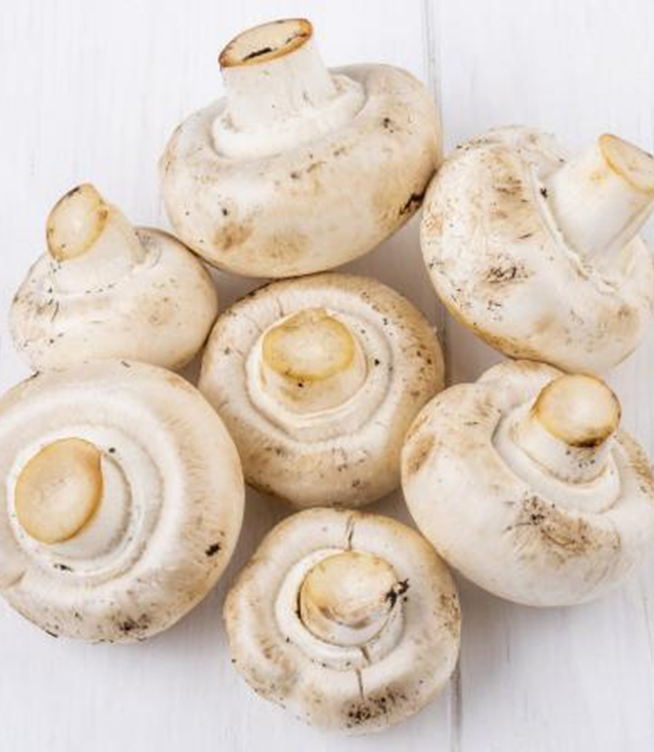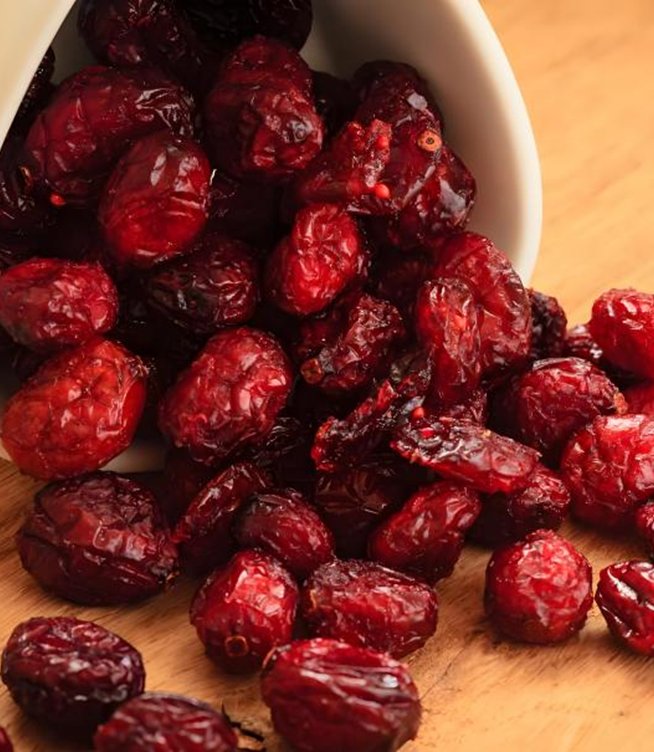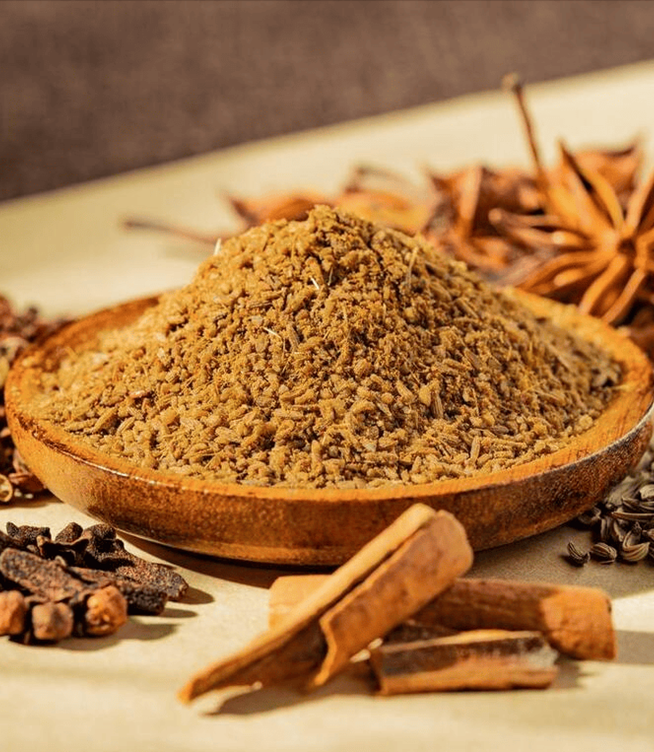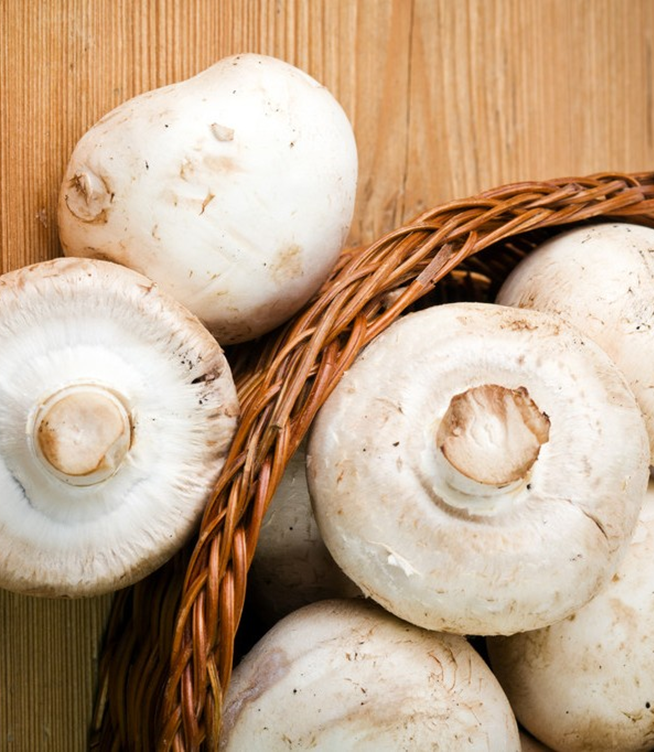Preserving Mushrooms: How to Dry Them and How Long They Last
Mushrooms are a kitchen favorite—versatile, earthy, and packed with flavor. But fresh mushrooms? They’re notoriously finicky. Leave them in the fridge too long, and they turn into a slimy mess. That’s where drying comes in. Preserving mushrooms by drying them not only saves them from the compost bin but also intensifies their umami punch, making them a secret weapon for soups, stews, and sauces. Here’s how to do it right, plus how to keep them tasting great for months.
Drying Mushrooms 101: Keep It Simple
First, clean your mushrooms gently with a damp cloth or soft brush—no soaking, since they’ll absorb water like sponges. Slice them evenly, about ¼-inch thick, so they dry at the same rate. Thinner slices work for delicate varieties like morels, while meaty portobellos can handle a thicker cut. Now, pick your drying method: a food dehydrator is the gold standard (set it to 110–120°F and let it run for 4–8 hours), but your oven works too. Spread the slices on a baking sheet, crack the door open for airflow, and bake at the lowest temperature (around 150°F) for 2–4 hours, flipping occasionally. For the patient, air-drying in a warm, breezy spot for a day or two does the trick—just cover them with a clean cloth to keep dust off.

How to Tell When They’re Actually Dry
You’ll know your mushrooms are properly dried when they’re brittle, snap cleanly, and have zero squish. Any lingering moisture is a ticket to mold city, so double-check thicker pieces. If you spot a few flexible slices, pop them back into the dehydrator or oven for another hour. Don’t rush this step. Properly dried mushrooms should feel like crispy autumn leaves—light, dry, and crackly to the touch.
How to store Dried Mushrooms
Once dried, mushrooms need a airtight home. Toss them in a glass jar with a tight lid, a resealable plastic bag with all the air squeezed out, or—if you’re fancy—a vacuum-sealed pouch. The key is keeping humidity, light, and heat at bay. Store them in a pantry or cupboard, not above the stove or near a sunny window. A silica gel packet tucked into the container adds extra insurance against moisture.
How long do dried mushrooms last
In ideal conditions—cool, dark, and dry—dried mushrooms can hang onto their flavor for up to a year, sometimes even two. But let’s be real: “ideal conditions” aren’t always a guarantee. In an average kitchen, aim to use them within 6–12 months. Over time, they might lose some potency, but they’ll still be safe to eat unless they’ve gone funky (more on that later). Pro tip: Label your jars with the drying date. Future you will thank present you when that winter soup craving hits. When to Toss Them: Trust Your Senses
Dried mushrooms are low-maintenance, but they’re not immortal. If they develop a musty smell, weird spots, or a suspiciously soft texture, it’s time to let go. Mold is a hard no—toss the whole batch. If they just taste “meh,” though, they’re probably safe but past their prime. Revive bland mushrooms by grinding them into powder for an instant flavor boost in rubs or broths.
How to use dried mushrooms
To rehydrate, soak dried mushrooms in hot water for 20–30 minutes until plump. Save that soaking liquid! It’s liquid gold for adding depth to risottos, gravies, or even a simple pan sauce. Or skip the soak and crumble dried shiitakes directly into a simmering pot of ramen. They’ll rehydrate as they cook, soaking up all the savory goodness.
Other Methods for Preserving Mushrooms
Aside from drying, mushrooms can be preserved in several ways. Each preservation method has its unique benefits, and the best choice depends on your cooking needs and preferences.
1. Refrigeration
Refrigeration is the simplest and most commonly used short-term storage method for mushrooms. Place unwashed mushrooms in a paper bag or a breathable container and store them in the vegetable crisper drawer of the refrigerator. This helps prevent excess moisture absorption, which can cause mushrooms to soften or mold. Refrigerated mushrooms typically stay fresh for 5–7 days.
2. Freezing
Freezing is an excellent method for long-term mushroom storage. First, clean and slice or chop the mushrooms. They can be blanched in boiling water for 1–2 minutes, then quickly cooled in ice water, drained, and packed into airtight bags or containers for freezing. Another option is to freeze raw sliced mushrooms directly, though blanched mushrooms tend to maintain better texture after thawing. Frozen mushrooms can be stored for 6–12 months.
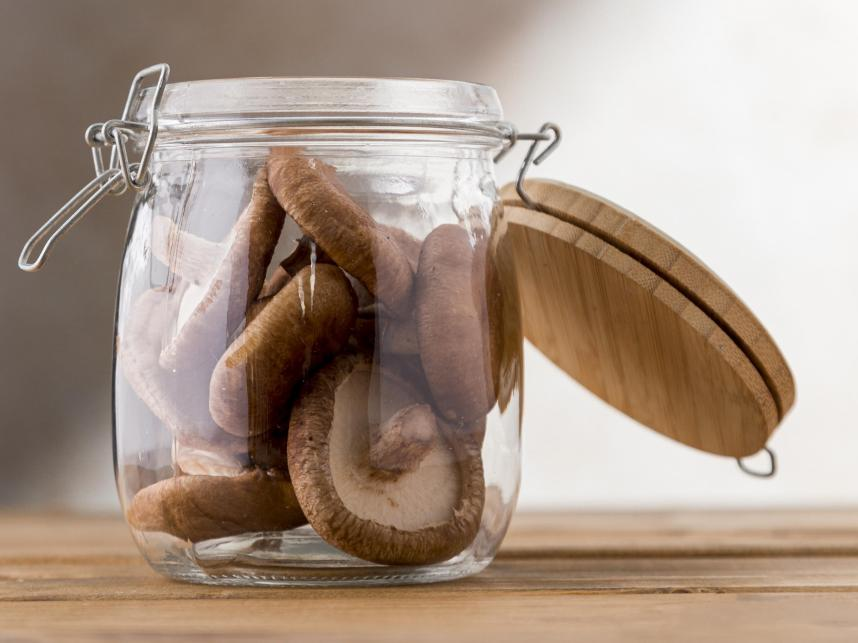
3. Pickling
Pickling not only preserves mushrooms but also enhances their flavor. After blanching, place the mushrooms in a pickling solution made of vinegar, salt, sugar, spices, and water. Seal them in sterilized glass jars. Pickled mushrooms can be stored in the refrigerator for several months and make a great appetizer or side dish.
4. Oil Preservation
Preserving mushrooms in oil creates a flavorful condiment. Slice and sauté the mushrooms until golden brown, then season with garlic, herbs, and salt. Once cooled, transfer them to a glass jar and cover completely with olive oil. Store the sealed jar in the refrigerator for several weeks. Oil-preserved mushrooms can be used in pasta, salads, or as a topping for bread.
5. Canning
Canning is a traditional preservation method, ideal for large quantities of mushrooms. After blanching, place the mushrooms in sterilized glass jars, cover with brine or pickling liquid, seal tightly, and process in a high-temperature water bath. Canned mushrooms can be stored in a cool, dry place for over a year. Once opened, they should be refrigerated and consumed quickly.
6. Mushroom Powder
Grinding dried mushrooms into powder is a great way to concentrate their flavor. Mushroom powder can be sprinkled into soups, sauces, and stews to enhance umami. Store the powder in an airtight container in a cool, dry place, where it can last for up to a year.


